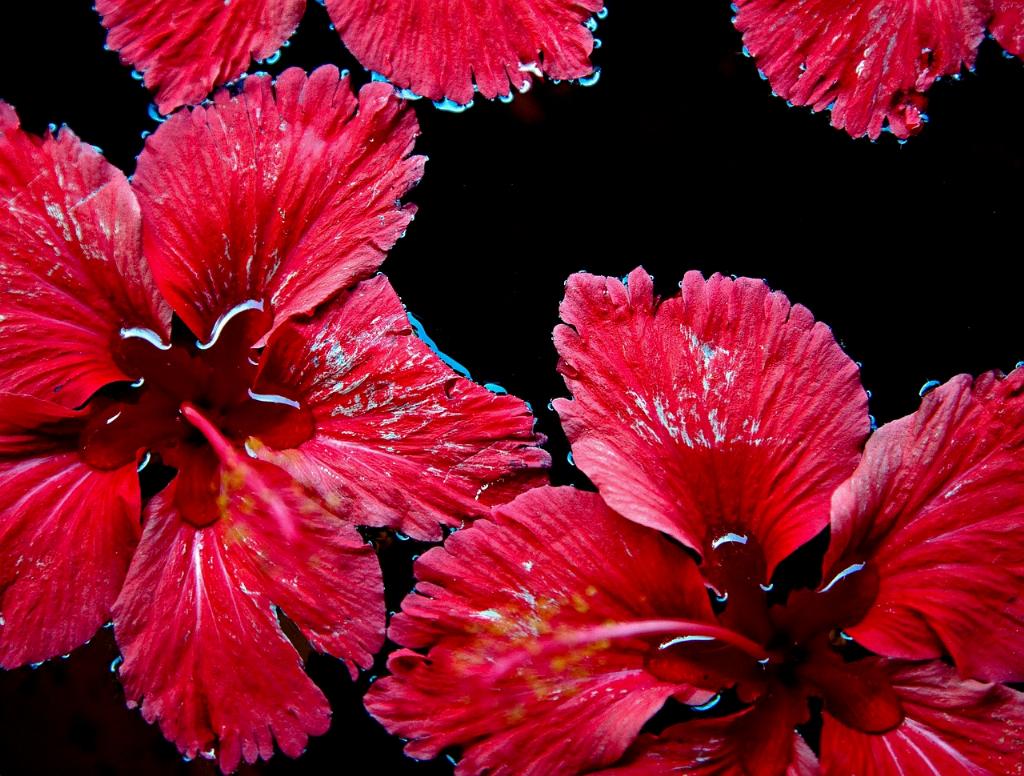The Hibiscus flower, known scientifically as Hibiscus rosa-sinensis, has a fascinating history that spans across different regions and cultures. While the exact origins of this vibrant flower remain a mystery, historical records suggest that it has been cultivated in various parts of the world for centuries.
Ancient Roots in China and Japan
Historical evidence points to China and Japan as some of the earliest regions where Hibiscus rosa-sinensis was cultivated. The flower’s ornamental beauty and medicinal properties made it a prized plant in these ancient civilizations, with references to its use in traditional medicine and cultural ceremonies.
The Pacific Islands Connection
As maritime trade routes expanded, the Hibiscus flower found its way to the Pacific islands, where it became a symbol of beauty and hospitality. The lush tropical landscapes of islands like Hawaii and Fiji provided the perfect environment for the Hibiscus to thrive, leading to the development of unique species like Hibiscus arnottianus and Hibiscus waimeae.
Hibiscus in Hawaii
Among the Pacific islands, Hawaii stands out as a significant hub for Hibiscus cultivation. The white-flowered species, Hibiscus arnottianus and Hibiscus waimeae, are believed to be native to Hawaii, showcasing the diverse range of Hibiscus varieties that have evolved over time in different geographical settings.
Cultural Significance
Throughout history, the Hibiscus flower has held immense cultural significance in various societies. In Hawaii, the Hibiscus is a symbol of hospitality and friendship, while in China, it is associated with femininity and love. The flower’s versatility and adaptability have allowed it to become a cherished symbol in different cultural contexts.
Botanical Features
From a botanical perspective, the Hibiscus flower boasts a unique combination of vibrant colors and intricate petal structures. The flower’s striking appearance and diverse color palette have made it a favorite choice for ornamental gardens and floral arrangements around the world.
Medicinal Uses
Aside from its aesthetic appeal, the Hibiscus flower has also been valued for its medicinal properties. In traditional medicine practices, Hibiscus extracts are used to treat various health conditions, including hypertension, inflammation, and digestive issues. The flower’s therapeutic benefits have contributed to its widespread popularity in herbal remedies.
Global Spread
As global trade and migration patterns evolved, the Hibiscus flower found its way to different parts of the world, including Europe, Africa, and the Americas. The flower’s adaptability to diverse climates and soil conditions has enabled it to thrive in various regions, further expanding its global presence.
Modern Cultivation
Today, the Hibiscus flower continues to be a popular choice for gardeners and horticulturists worldwide. Its resilience, low maintenance requirements, and stunning visual appeal make it a sought-after plant for landscaping projects, botanical gardens, and commercial nurseries.
Symbolism and Tradition
Whether as a symbol of beauty, hospitality, or healing, the Hibiscus flower holds a special place in the hearts of people around the world. Its rich cultural history, botanical diversity, and enduring popularity make it a timeless emblem of nature’s beauty and human creativity.
Conclusion
In conclusion, the Hibiscus flower’s origins may remain shrouded in mystery, but its global impact and cultural significance are undeniable. From ancient civilizations to modern-day gardens, the Hibiscus continues to captivate with its beauty, symbolism, and versatile uses, embodying the enduring connection between nature and human civilization.

